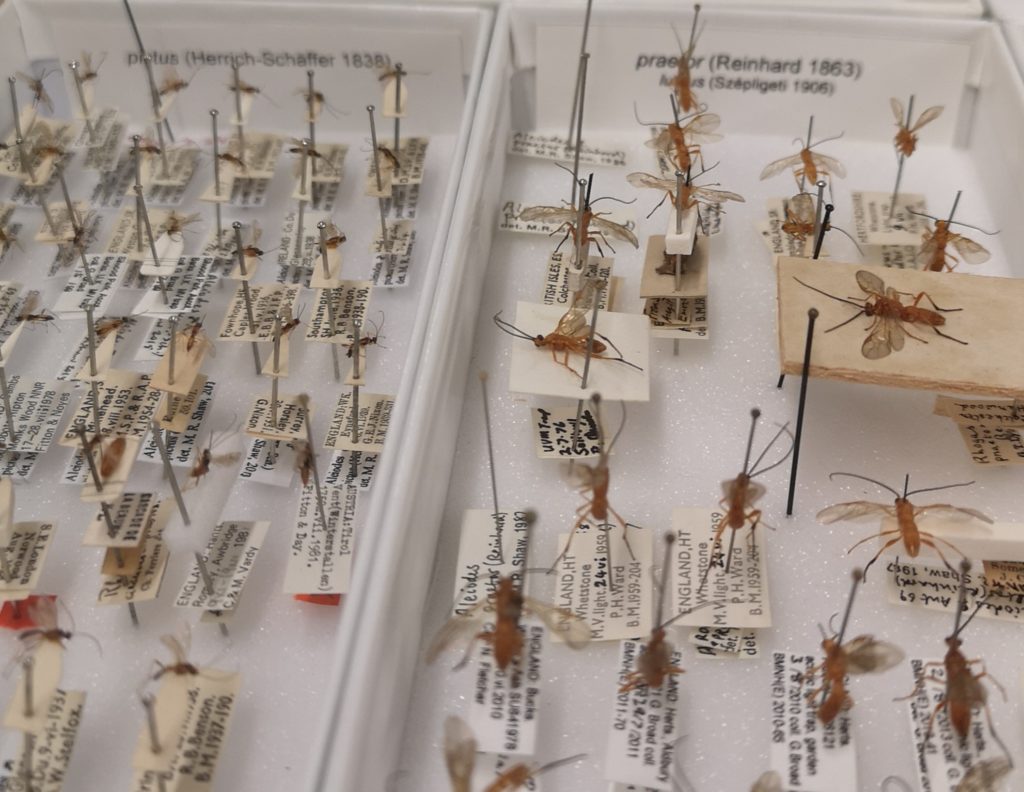
Parasitoid wasps: Indispensable insects you never think about… or never want to!
We all learned the miracle of metamorphosis at school. A caterpillar transforms first into a pupa, then emerges as a beautiful butterfly. What we weren’t told is that things can take a grisly turn. Instead, out of the pupa emerge tiny wasps – nourished to adulthood by eating the chrysallised caterpillar alive.
Although parasitoid wasps have their enthusiasts, for many their lifecycle is the stuff of nightmares. Charles Darwin once mused: “I cannot persuade myself that a beneficent and omnipotent God would have designedly created the Ichneumonidae [a family of parasitoid wasps] with the express intention of their feeding within the living bodies of caterpillars.”
Parasitoid wasps have intrigued and mystified naturalists for centuries. Their specialisation, behaviours and importance to their ecosystems are endlessly fascinating. And now the Darwin Tree of Life project has sequenced its first parasitoid wasp genome, Ichneumon xanthorius.
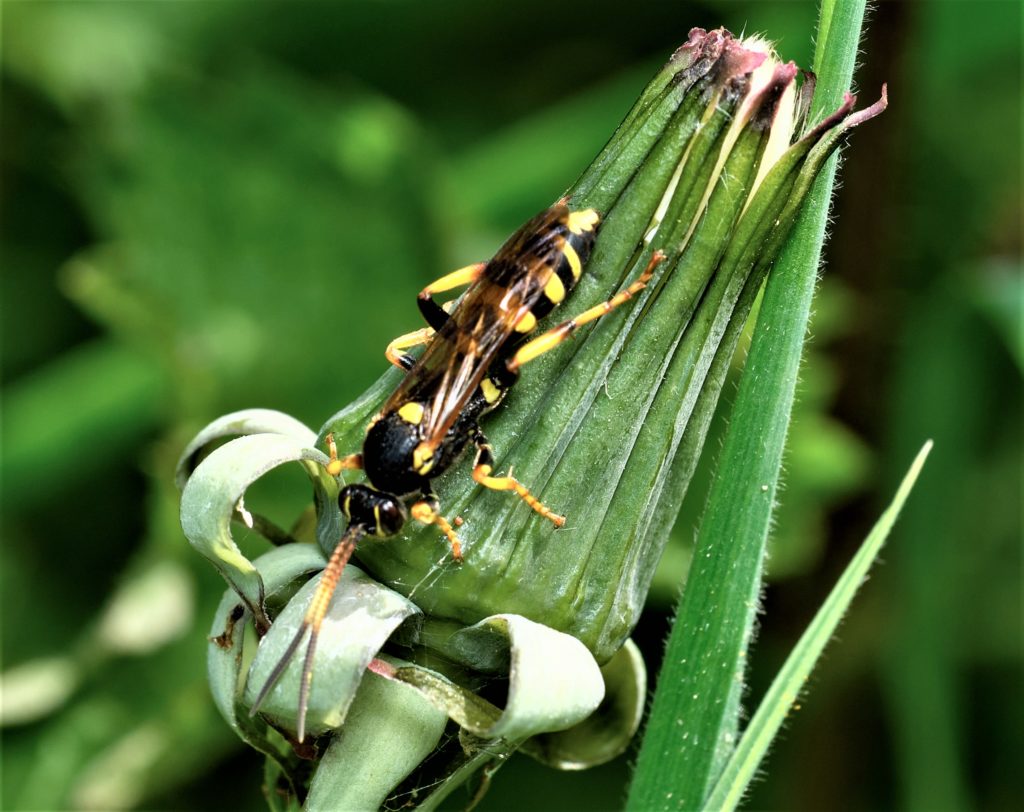
Perhaps fittingly, DToL’s sequence is also the first ever reference genome from the enormous Ichneumonidae family, which in recent years (thanks to the quote above) have taken on the common name “Darwin wasps”.
One million species
Parasitoid wasps form a massive group of superfamilies within the taxonomic order Hymenoptera, the insect group containing all wasps, bees and ants. In fact, each of those more familiar insects evolved from the parasitoid wasps, leaving behind their parasitic lifestyle when dinosaurs still roamed the Earth.
Parasitoid wasps are a truly enormous group. Best estimates suggest around one million different species worldwide. In the UK, which has 7,700 species of Hymenoptera, a whopping 6,500 are parasitoid wasps – and 4,000 of those are from just one superfamily, the Ichneumonoidea.
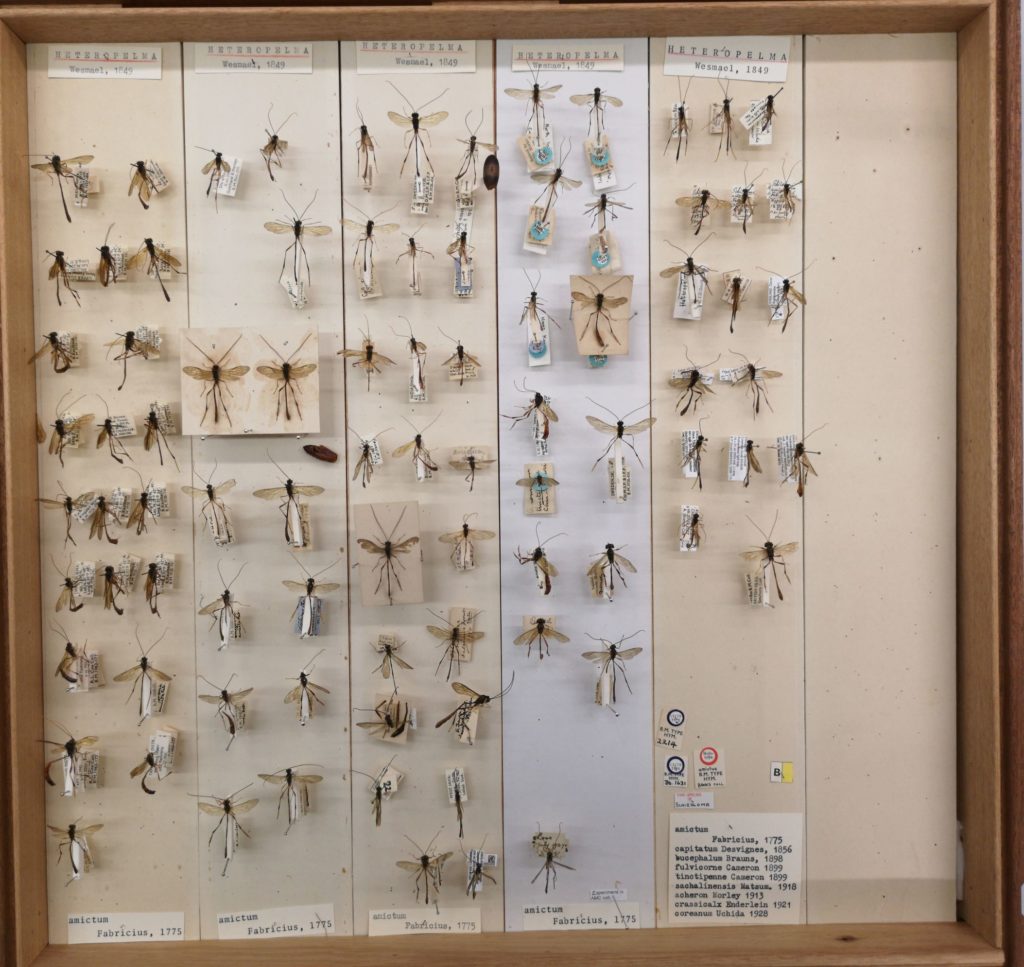
Though a very diverse group, all parasitoid wasps are linked by a key behaviour. “Eating other arthropods alive is their way of life,” explains Gavin Broad, DToL’s co-investigator at the Natural History Museum.
As well as being an essential part of the food chain, parasitoid wasps are also very effective pollinators. “I don’t want to do down butterflies,” stresses Gavin. “But they just stand there with their gangly legs, sticking their tongue down the flower, and probably transfer very little pollen. Whereas wasps are in there, sticking their heads right in, and they come out covered in pollen.”
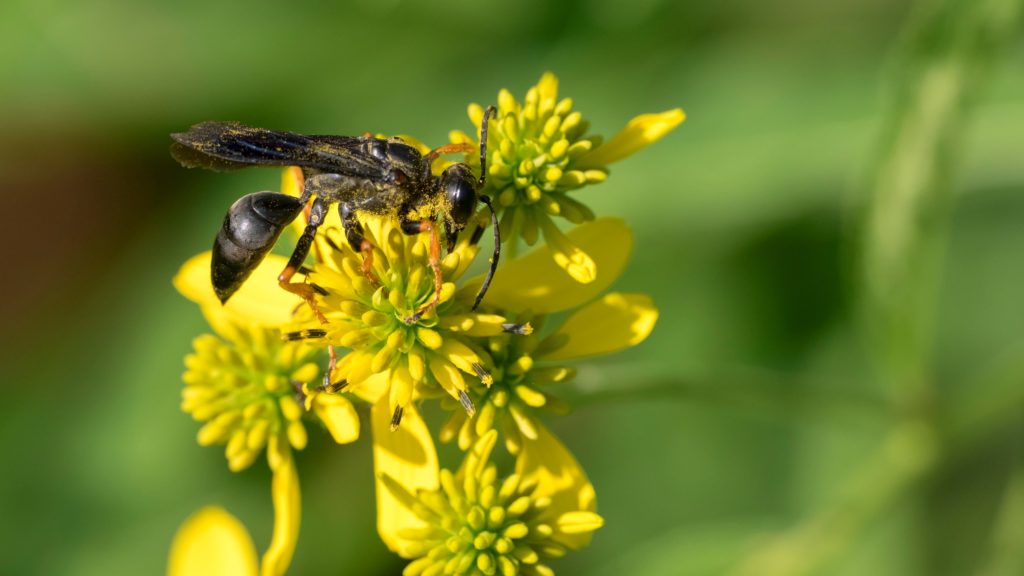
Chewing their way out
Parasitoid wasps exclusively target other arthropods – most often the larvae of butterflies and moths, but also other insects and even spiders. Many wasp enthusiasts first encounter and fall in love with these insects while they are rearing caterpillars, something Gavin refers to as “moving to the dark side” from Lepidoptera to their parasites.
He recalls his early wasp-rearing days, while growing up where garden tiger caterpillars (Arctia caja) were common. “One of the species I first reared was this gregarious wasp Cotesia cajae. You see all these poor caterpillars wandering around with fluffy cocoons on their backs. The wasp larvae have chewed their way out of the caterpillar and spun their cocoons while the caterpillars are still alive.
“And then I could also raise a different ichneumonid wasp, which would parasitise the cocoons of the other wasps. A nice little system!”
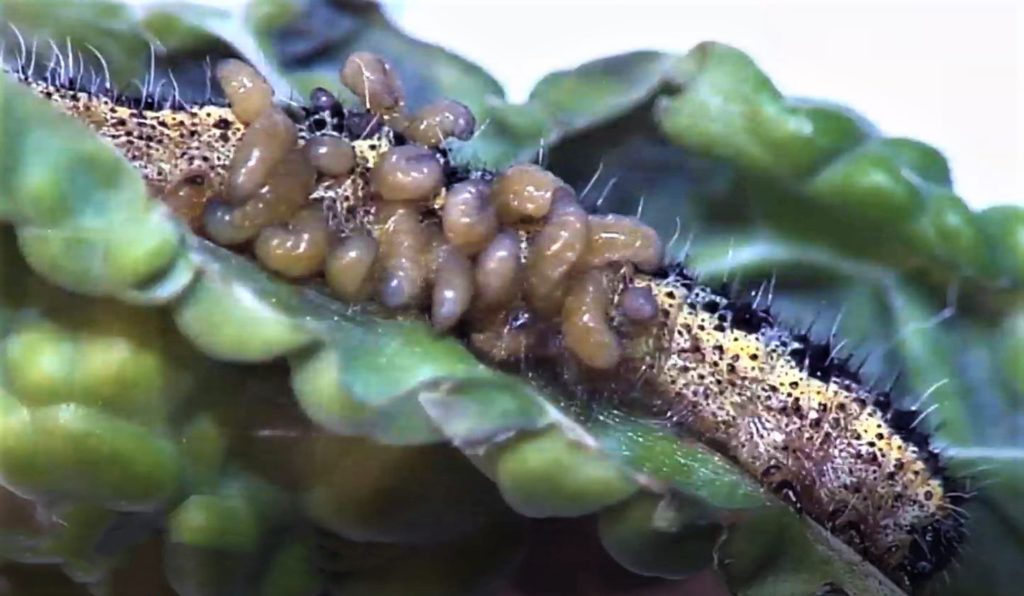
Once the female Cotesia wasp has laid her eggs inside the caterpillar, using a sharp tubular organ called an ovipositor, the host is doomed. The wasp larvae feed on the haemolymph – insects’ equivalent to blood – but leave the caterpillar alive, its organs intact. They then emerge from the caterpillar, leaving tiny holes that eventually condemn the host to death – probably by dehydration. The caterpillar will never metamorphose, thanks to the hormones released by the wasp larvae.
Some wasp species plug the holes with their moulted exoskeletons to keep caterpillars alive for longer, such as Cotesia glomerata (above) which parasitises large white butterflies (Pieris brassicae). This species even alters the caterpillars’ behaviour to defend the wasp pupae.
Around 25 wasp species in Britain specialise in parasitising spiders. The adults paralyse the spider temporarily and lay an egg where the spider can’t reach. The spider recovers, continues to catch insects, and the wasp larva slowly grows by feeding on its haemolymph.
Other wasps are ‘hyperparasitoids’ – feeding on other parasitoid wasps. Some species of ichneumonids can stick their ovipositor in a caterpillar and “taste” whether there is another parasitoid wasp larva inside. They then lay their own egg directly into that wasp larva.
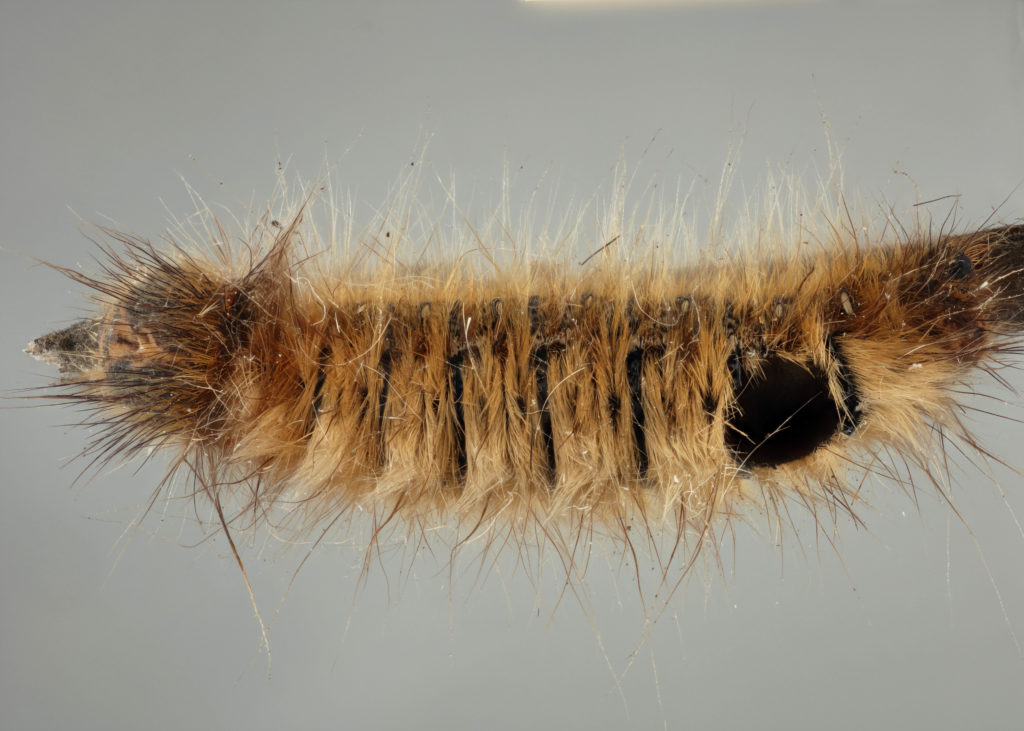
Why sequence wasp genomes?
One of the more mysterious aspects of these wasps is how they “sniff out” their host. As well as using their ovipositors to detect another wasp larva inside a host, adults also use their antennae at longer range to detect small amounts of chemicals from the host – or even from leaf damage caused by the caterpillars. Some have evolved a way to find hidden hosts, for example those buried deep in tree bark.
Genomics could help scientists learn how these many different species evolved, and how they developed their specific mechanisms for targeting hosts. There is ongoing research into why some wasps specialise in just one host species, while others – such as the black slip wasp (Pimpla rufipes) – may target any insect pupae it finds.
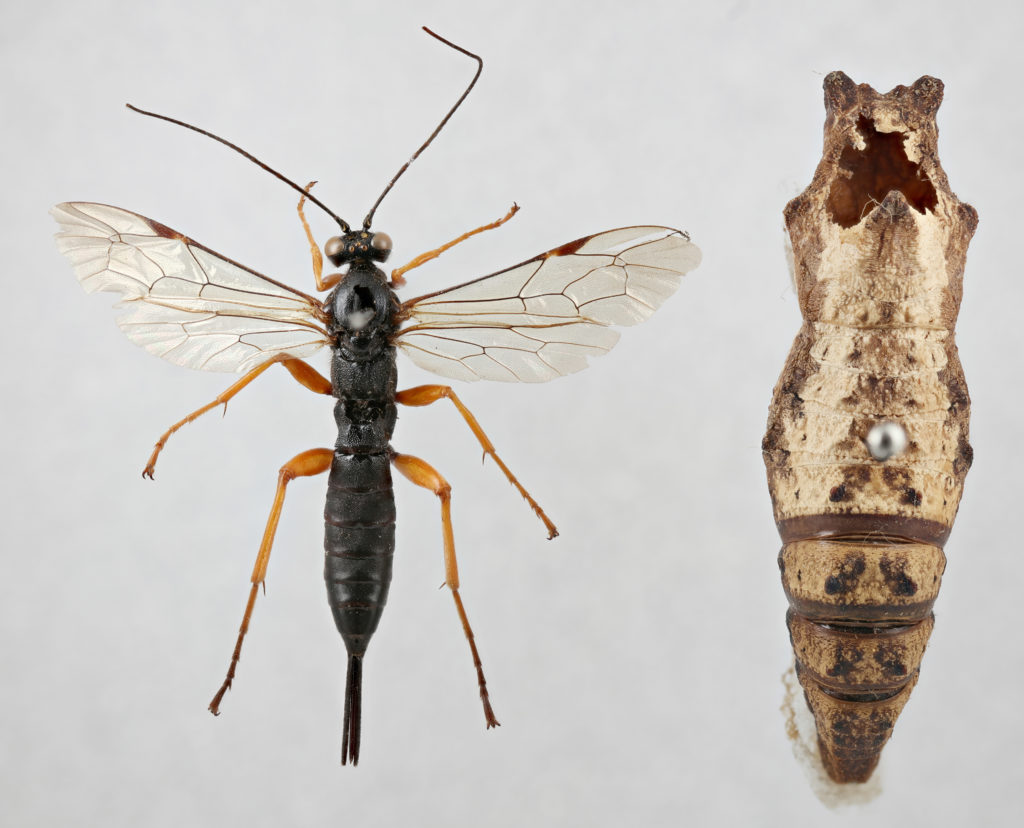
Sequencing these genomes may also discover new chemical compounds useful to humans. “Currently, some of the most interesting drugs have come out of things like cone shells, spiders, snakes… But venomous wasps must be a huge untapped resource,” says Gavin. “They’re doing really complicated things to their hosts, such as arresting development temporarily or permanently, and introducing antibiotics or antifungal agents.”
Coping with climate change
As with many insects, a big question is how parasitoid wasps are being affected by human impacts, such as climate and land-use change. Their life cycles may be adapting with their hosts, for example emerging earlier in warmer weather. Or they may not be in sync with their hosts at all. We simply don’t know.
But we do see changes happening, such as species disappearing over the decades or previously uncommon species now being recorded in large numbers.
As well as sequencing full genomes, Darwin Tree of Life is also generating DNA barcodes for all its species. These are unique snippets of DNA which allow us to identify species easily in their environment. This will allow researchers to more effectively monitor population changes of these tiny, previously overlooked insects.
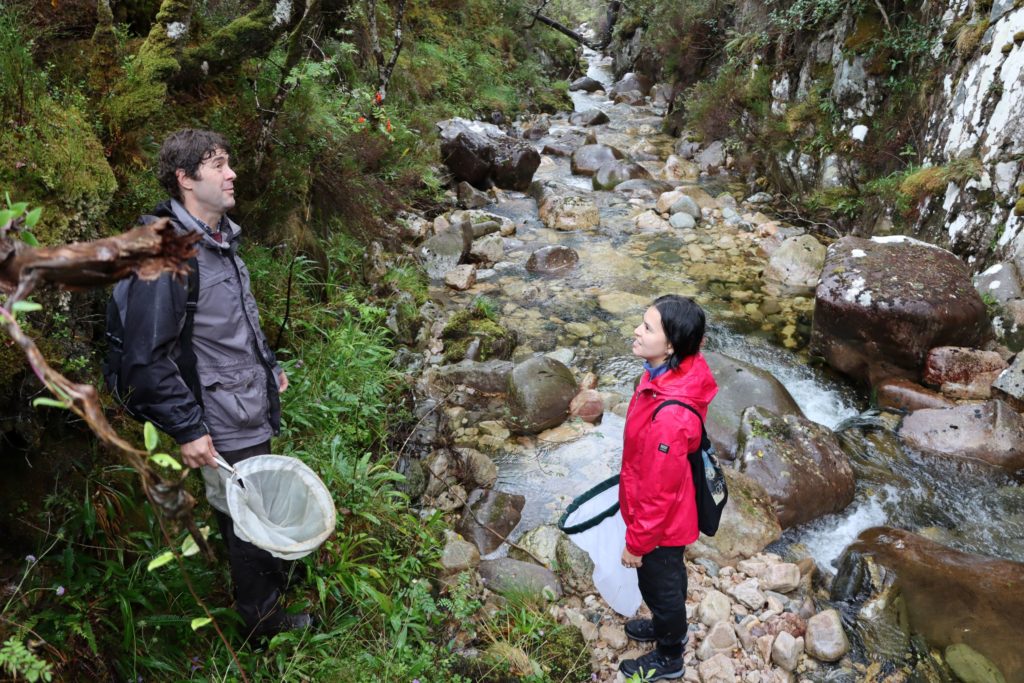
Darwin Tree of Life is building our understanding of this huge – and hugely complex – group. Not least, by revealing new species previously unknown to science. “We think we found a new species in the genus Ophion during our trip to Beinn Eighe [in the Highlands] last autumn. And our DNA barcoding is helping identify new species elsewhere,” Gavin explains.
“We’re really learning a lot of new stuff already. And one of the things it would be great to see come out of Darwin Tree of Life is to start using these genomes to study the dry, pinned collections in the Natural History Museum, which go back sometimes centuries for all sorts of insect groups. We could potentially see how populations have changed over time. There’s lots of tiny fragments of DNA lying around in these collections waiting to be explored!”
